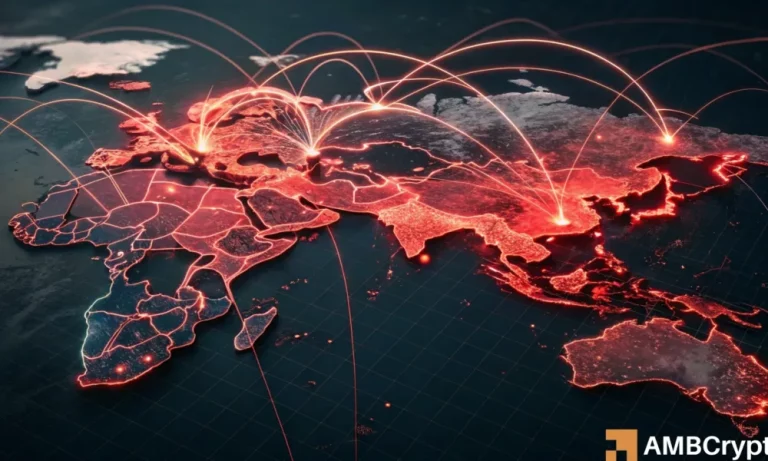
Navigating the Future: Emerging Trends in Fintech Technology
Focus Keyword: Fintech

Fintech, or financial technology, has been revolutionizing the way we think about money and financial services. From mobile payments to cryptocurrency, fintech has been at the forefront of innovation in the financial sector. As we look to the future, it’s clear that fintech will continue to play a major role in shaping the financial landscape. In this article, we’ll explore some of the emerging trends in fintech technology and what they mean for the future of finance.
Section 1: Introduction to Fintech

Fintech is a broad term that encompasses a wide range of financial technologies, including mobile payments, digital wallets, and cryptocurrency. The term fintech was first coined in the 1990s, but it wasn’t until the early 2000s that the industry began to gain traction. Since then, fintech has grown exponentially, with new companies and technologies emerging every day.
One of the key drivers of fintech growth has been the rise of mobile devices. With more and more people using their smartphones to manage their finances, there has been a growing demand for mobile payment solutions and digital wallets. This has led to the development of new technologies such as Apple Pay, Google Pay, and Samsung Pay, which allow users to make payments using their mobile devices.
Section 2: Emerging Trends in Fintech

So, what are some of the emerging trends in fintech technology? One of the most significant trends is the rise of blockchain technology. Blockchain is a decentralized, digital ledger that allows for secure and transparent transactions. It’s the technology behind cryptocurrency, but it has many other uses as well, including supply chain management and identity verification.
Another trend is the growth of artificial intelligence (AI) in fintech. AI is being used to improve customer service, detect fraud, and optimize investment portfolios. For example, chatbots are being used to provide customer support and answer frequently asked questions, while machine learning algorithms are being used to detect suspicious activity and prevent fraud.
Additionally, there is a growing trend towards digital banking and online lending. Digital banks are online-only banks that offer a range of financial services, including checking and savings accounts, loans, and credit cards. Online lenders, on the other hand, offer loans and other credit products to individuals and businesses.
Section 3: The Future of Fintech

So, what does the future hold for fintech? One thing is certain: the industry will continue to evolve and innovate. We can expect to see even more new technologies and trends emerge in the coming years, from the growth of digital currencies to the development of new payment systems.
Another area that is likely to see significant growth is financial inclusion. Fintech has the potential to reach underserved populations and provide them with access to financial services. For example, mobile payments and digital wallets can be used to provide financial services to people in remote or underserved areas.
In conclusion, the future of fintech is exciting and uncertain. As the industry continues to evolve and innovate, we can expect to see new technologies and trends emerge. Whether it’s the growth of blockchain, the rise of AI, or the development of new payment systems, one thing is certain: fintech will continue to play a major role in shaping the financial landscape.





